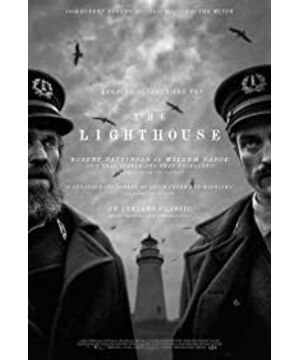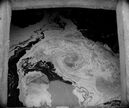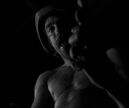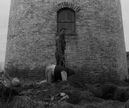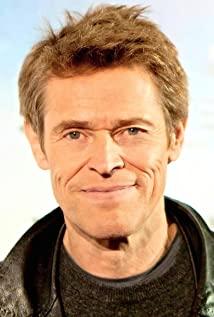In its final presentation, The Lighthouse allowed the film to form two natural states: an inner empire and a window that expands outward. Taking the protagonist Howard killing the seagull as the first marker, the natural movement of the lens simulates the upward viewpoint from the bottom of the lighthouse to complete the layering of the frame and video clips. Before the storm came, the film itself created a logical and self-consistent closed-loop environment, and the use of black and white images and 1.1.9 to 1 format was to transcend the expression of the visual medium itself, as a coordinate system set by reality Come and participate in the mode building of the Lighthouse-Island Single Core Level 2. At this time, all the abnormal activities presented in the movie that violate the closed loop of the environment are in the perspective of the characters of the movie, and the emotional core is conveyed to the audience through the natural interpretation of the actors' emotions. At this stage, the kernel to which all representations of the film point are indeterminate, since functional equality has not yet been drawn. After the storm begins, the previously uncertain elements are all embedded in the closed loop of the film environment. At this time, the viewpoint also begins to move outward and return to the third-person narrative angle. At this time, the visual symbols of the entire film are directed towards the viewer. The intention and reference created in the first half begin to end, and finally condense into the symbol of reference. When the final closed-loop narrative also becomes a montage cut and displayed to the viewer, the three-dimensional space eventually becomes a plane window, so the narrative strength of "The Lighthouse" itself appears to be insufficient in the part where the lighthouse is finally boarded. Under the flat display window, the "indefinable" and ambiguity of the lighthouse is also compressed, and finally becomes a reference to the void. Therefore, the gesture movement produced by the characters at the end can be regarded as a state of madness, and can also be regarded as a dislocation caused by the imbalance of the narrative structure of the film. The lack of clear capture of "the gap between image and reality" resulted in a more obvious sense of arrangement in the final character conflict. This is the inevitable result of the flattening of the three-dimensional environment-mechanized character behaviors and long monologues make the The final story loses an ambiguous poetic quality.
The core point of view comes from Mrs. Anne
View more about The Lighthouse reviews


